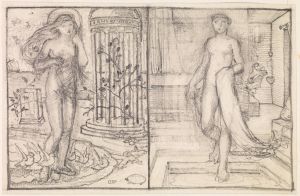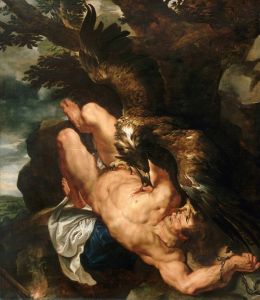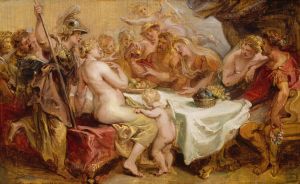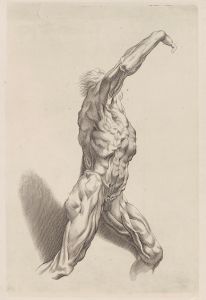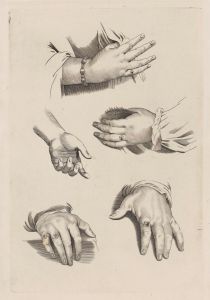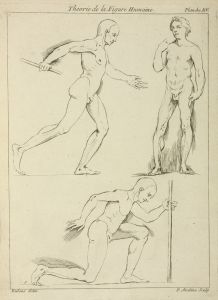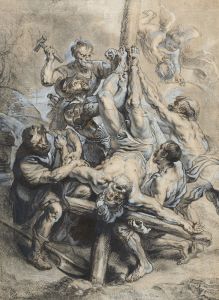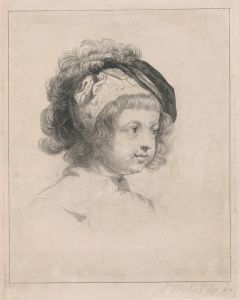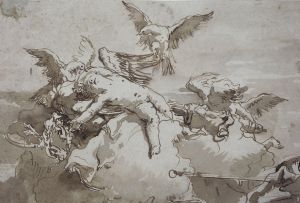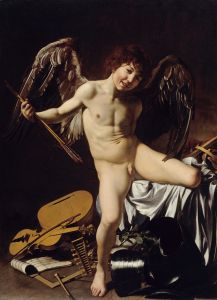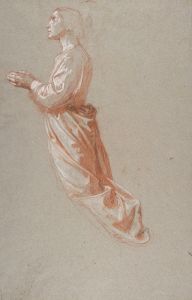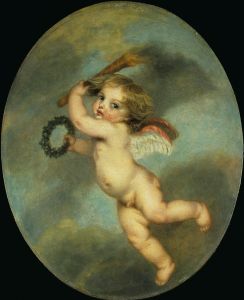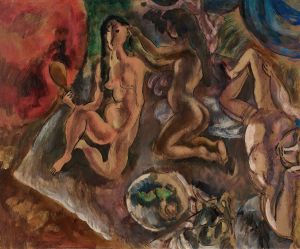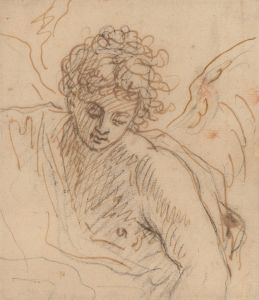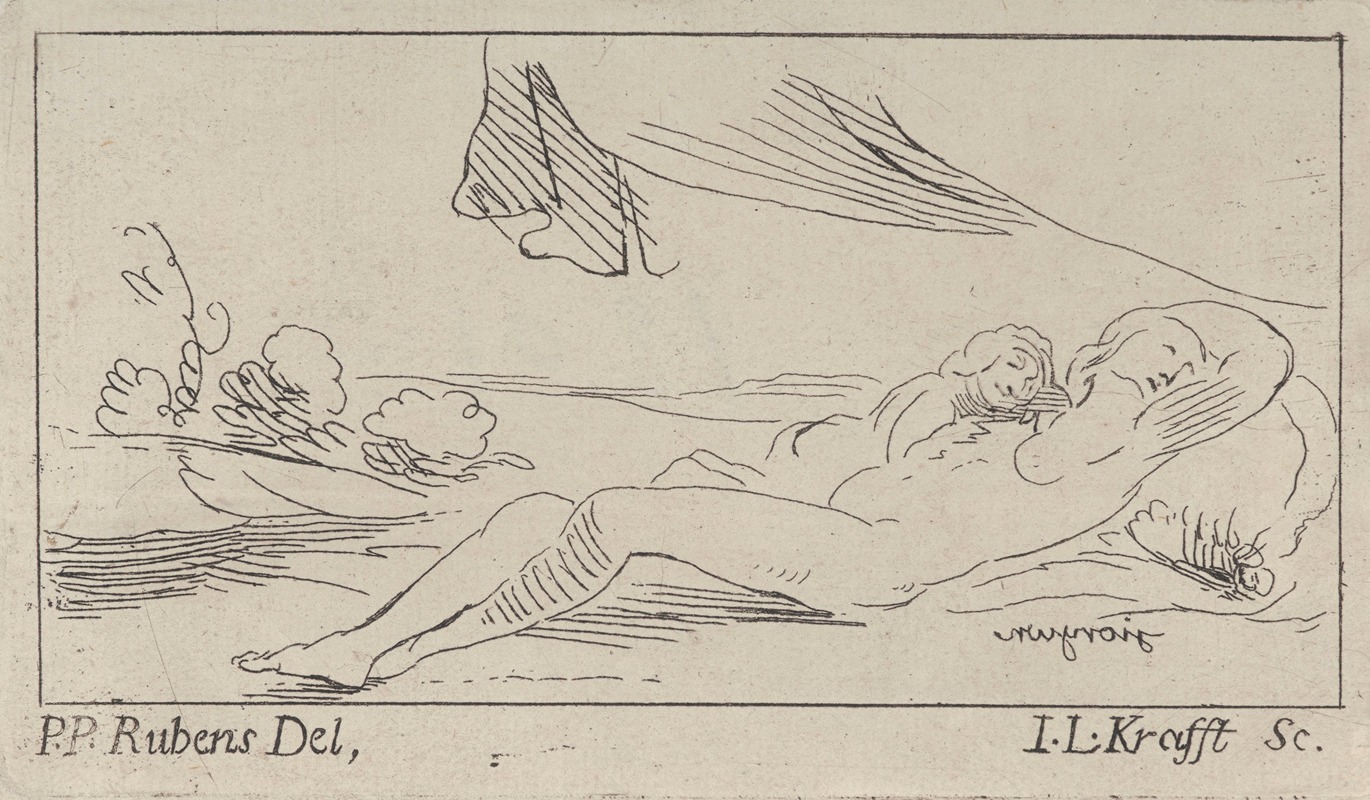
Venus and Cupid
A hand-painted replica of Peter Paul Rubens’s masterpiece Venus and Cupid, meticulously crafted by professional artists to capture the true essence of the original. Each piece is created with museum-quality canvas and rare mineral pigments, carefully painted by experienced artists with delicate brushstrokes and rich, layered colors to perfectly recreate the texture of the original artwork. Unlike machine-printed reproductions, this hand-painted version brings the painting to life, infused with the artist’s emotions and skill in every stroke. Whether for personal collection or home decoration, it instantly elevates the artistic atmosphere of any space.
Peter Paul Rubens, a prominent Flemish Baroque painter, is widely celebrated for his dynamic compositions, vibrant use of color, and masterful depictions of mythological and religious subjects. Among his extensive body of work, "Venus and Cupid" is one of the paintings attributed to him that reflects his fascination with classical mythology and his ability to convey sensuality and emotion through art.
"Venus and Cupid" portrays Venus, the Roman goddess of love and beauty, alongside her son Cupid, the god of desire. In this work, Rubens captures the intimate and tender relationship between the two figures, a theme often explored in Renaissance and Baroque art. Venus is typically depicted as an idealized figure of beauty, with soft, luminous skin and flowing hair, while Cupid is shown as a cherubic child, often holding a bow and arrows, symbols of his role in inspiring love.
Rubens was deeply influenced by his studies in Italy, where he encountered the works of classical antiquity and Renaissance masters such as Titian and Michelangelo. These influences are evident in "Venus and Cupid," particularly in the sensuality of the figures and the dynamic composition. The painting exemplifies Rubens' ability to blend the classical ideals of beauty with the dramatic energy characteristic of the Baroque period.
The exact date of creation for "Venus and Cupid" is not definitively known, as Rubens produced multiple works on similar themes throughout his career. The painting is believed to have been created during the early 17th century, a period when Rubens was at the height of his artistic powers and producing works for patrons across Europe.
Rubens often collaborated with his workshop assistants, and it is not uncommon for some of his works to include contributions from his studio. However, the extent of such collaboration in "Venus and Cupid" is not clearly documented. The painting is noted for its rich color palette, intricate details, and the lifelike rendering of textures, all hallmarks of Rubens' style.
Today, various versions and interpretations of "Venus and Cupid" attributed to Rubens exist in different collections. The attribution of specific works to Rubens himself, as opposed to his workshop, can sometimes be a matter of scholarly debate. Nonetheless, the painting remains a testament to Rubens' enduring legacy as one of the most influential artists of the Baroque era.
Further details about the specific provenance or current location of "Venus and Cupid" may vary depending on the version in question, as Rubens' themes were often revisited and replicated by his workshop.





